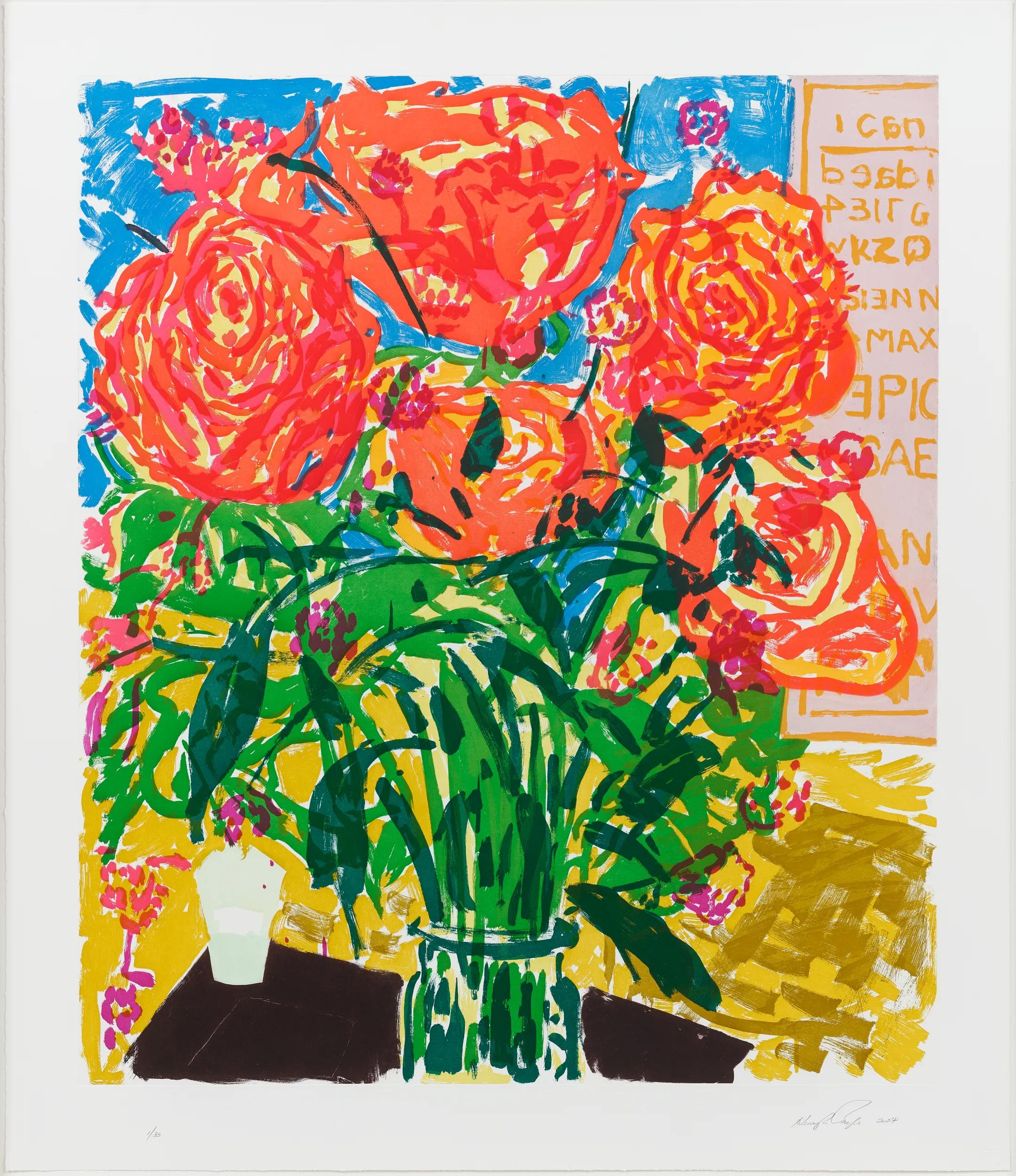
Elemental Making
10 Sep - 5 Nov 2022
Wed – Sat, 10 am – 1 pm and 2 – 4 pm
Make, Somerset
‘I sometimes think that materials emit something invisible that we don’t see, but we may be sensing these signals in other ways rather than seeing. These signals are not meaningful in any sense, yet these small meaningless noises affect each other and form something new and complex. The world is working as a whole.’—Akiko Hirai
About
‘Elemental Making’ features the work of ceramicist Akiko Hirai and artist-maker Craig Bamford (SASA Works). Highlighting their distinct approaches toward material transformation, the exhibition explores the relationship between making and an intuitive response. Both consider our perceptions of form, function and the animistic agency of objects. Their work embodies a felt essence that seems more than its material fabric, asking the viewer to, in turn, contribute their own unique interpretation.
Akiko Hirai’s deeply personal aesthetic has shaped her approach to making for over 20 years. At the heart of her practice, the expressive and gestural investigation of the moon jar reflects an understanding of the traditional form, reimagined through experimentation with clay and glaze which is subject to the alchemy of the kiln. For Hirai, everyday experiences and emotions filter into the unconscious mind and are traced across the surface of her vessels through layers of slip and glaze. Capturing moments in time, these static forms become inhabitants of human interaction.
Often drawn to questions of the sacred, Craig Bamford’s holistic practice involves assembling materials, locally sourced and reclaimed, to connect to the subconscious and metaphysical, representing a personal enquiry into our place in the universe and the fine balance in which we exist. For Bamford, his creations uncover the life force that comes from the land to inspire a deep listening – a reverence to the energy emanating from within.
The Makers
Akiko Hirai Akiko Hirai’s skilful material manipulation, combined with the unpredictability of the kiln, ensures that every form created is unique. During the firing process, each piece undergoes its own transformation, a meeting between time and technique absorbed directly into the work. Exploring the breadth of her practice, the exhibition presents Hirai’s moon jars, poppy pod vessels and domestic ware.
Hirai’s moon jars are studies on balance through imperfection. Texturally rich, they are layered with clay and glaze until the surface appears to erupt with movement and fluidity. The disrupted rims alter the form in the kiln, encouraging irregularities and asymmetry. Hirai continually pushes the boundary between completion and collapse, which she refers to as ‘the condition of progress, something ambiguous, unsettled and imaginative’. Hirai’s swollen poppy pod forms – thrown on the wheel and sculpted by hand – are marked, cracked and pitted, their surface fragility accentuated by the coating of ash on porcelain. Domestic ware, using the technique of kohiki, reflects Hirai’s Japanese cultural heritage. She believes the true beauty of functional ceramics comes out when we interact and live with the pieces.
London-based Akiko Hirai was born in Shizuoka, Japan where she studied cognitive psychology at Aichi Gakuin University, Japan. After moving to the UK, she studied ceramics at the University of Westminster and Central St. Martins. Hirai makes practical ware using the Japanese tradition of allowing the clay to show how it wants to be fired. The unique visual language of her vessel forms focuses on the interconnectedness between maker, the object and the viewer. Hirai’s work is included in permanent collections at the Victoria & Albert Museum, London, UK; Hepworth Wakefield, Wakefield, UK; Fitzwilliam Museum, Cambridge, UK, and the Keramik Museum, Westerwald, Germany. Internationally exhibited, her work featured in the exhibition, ‘Things of Beauty Growing’, at the Yale Center for British Art, New Haven, Connecticut, USA, and the Fitzwilliam Museum, Cambridge, UK. Hirai was shortlisted for the Loewe Craft Foundation Craft Prize in 2019.
Craig Bamford Deeply rooted in a sense of place, material and landscape, Bamford seeks to create sustainable works for generations to come, valuing the rich co-existence of man and nature. For the exhibition in Somerset, Craig Bamford will present a new collection of works celebrating the elemental expression of cosmic archetypes.
The collection will include kinetic forms, a sculptural light and furniture pieces all inspired by ancient and sacred sites, the solar system, the stars and their associated mythologies. The works are playful and theatrical interpretations of this inquiry and, through their material form, seek to connect us to the alchemical flows of the universe. The pieces are made by working with hand processes to transform the elemental materials of metal and wood, including a collection of found objects, forged steel, brass, cast silver and beeswax and sculptural furniture pieces made from elm, oak, and London plane. Bamford’s intention is to retain the raw essence of his material, allowing the character of the wood to inform the design as much as the initial idea.
Craig Bamford, (SASA Works) is an artist and architect working in London. Raised in Kenya, the influence of the wild landscape and a focus on the handmade encouraged him to pursue studies in metalwork, jewellery and carpentry. When living in Nantucket, Massachusetts USA, he discovered the possibilities of wood whilst working on traditional houses and spent many hours scouring beaches for old wood from jetties and boats to make furniture and objects. Inspired by his journeys, he decided to study architecture with a particular interest in vernacular architecture and elemental materials, combined with his practice as artist-maker.
Image: Installation view, ‘Elemental Making’, Make Hauser & Wirth Somerset, 2023. Photo: Dave Watts
Selected images
Installation views























1 / 10
Current Exhibitions
1 / 5


















